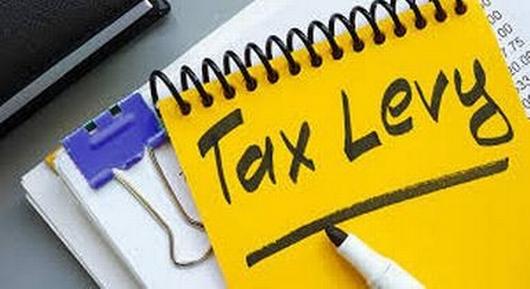Understanding Your School District’s Budget: The Truth About the ‘Tax Cap’
May 19, 2025
When you hear about a “tax cap” for school districts, it’s easy to assume there’s a strict limit on how much your school taxes can increase. However, the reality is more nuanced. New York state law doesn’t impose a hard limit on tax levy increases; instead, it sets a threshold for voter approval.
What is the “Tax Levy Limit” (often called the “Tax Cap”)?
A common misconception is that the “tax cap” limits tax levy increases to 2%. This is incorrect. While 2% (or the rate of inflation, whichever is lower) is one factor in the complex calculation, it’s not a direct limit on the overall tax levy increase.
What exactly is the “Tax Levy Limit” (often referred to as the “Tax Cap”)? It’s a unique figure that each New York state school district calculates using a detailed eight-step formula. This result is crucial because it dictates the percentage of voters needed to approve the school budget. If the proposed tax levy increase is at or below this calculated limit, it needs a simple majority (50% + 1) of voters to pass. However, if the proposed increase goes beyond this limit, it then requires a supermajority (60%) of voters for approval. This means the “cap” acts as a trigger for a higher level of community support, not a hard limit on the increase itself.
Why Voter Approval Thresholds Vary
The district’s individual tax levy limit isn’t a fixed percentage like 2%; it could be higher or lower depending on various factors in the state’s formula, such as local growth and specific expenditures. This is why you might see two different schools propose the same percentage for their budget tax levy increase, yet one needs only a simple majority vote to pass, while the other requires a supermajority vote. It all comes down to where their proposed increase falls in relation to their individually calculated tax levy limit.
Why Districts May Exceed Their Limit
Districts may propose a tax levy increase above their calculated limit to maintain essential programs and services, address rising costs (like inflation, utilities, or contractual obligations), or invest in student well-being initiatives. These decisions are typically discussed at public hearings to inform the community, such as Cazenovia Central School District’s March Community Discussion and at the Budget Public Hearing.
Explaining Cazenovia Central School District’s Proposed Budget
For the 2025-26 school year, the Cazenovia Central School District’s calculated tax levy limit is 3.14%. However, the district has proposed a 6.77% tax levy increase to continue providing current educational offerings and student services. This higher percentage would generate enough revenue to address rising costs and limited state funding, issues thoroughly discussed at recent public hearings and community meetings. Because this proposed increase is above the calculated 3.14%, the budget will require approval from a supermajority of voters (60%) on May 20.
Why CCSD is Exceeding Its Tax Levy Limit
The recent “Proposed Budget Adjustment” article mentioned that the proposed tax levy increase was reduced from an initial 7.55% to 6.77% following updated state aid figures, underscoring the district’s commitment to addressing community feedback and fiscal efficiency.
Cazenovia’s current tax levy rate ranks among the lowest in Madison County and within its BOCES region among comparable districts. Additionally, because Cazenovia’s wealth ratio is 27.2% higher than the state average, the district receives less state aid, requiring a greater reliance on local funding.
This 6.77% increase ensures the continuation of crucial academic programs like Career and Technical Education (CTE), Fine Arts, World Language, and others, which community conversations have strongly supported for their challenging and enriching educational curriculum.
A supermajority vote is needed to pass the proposed budget. Voting will be in the Cazenovia CSD Middle School auxiliary gymnasium on Tuesday, May 20, from 7 a.m. to 9 p.m.




